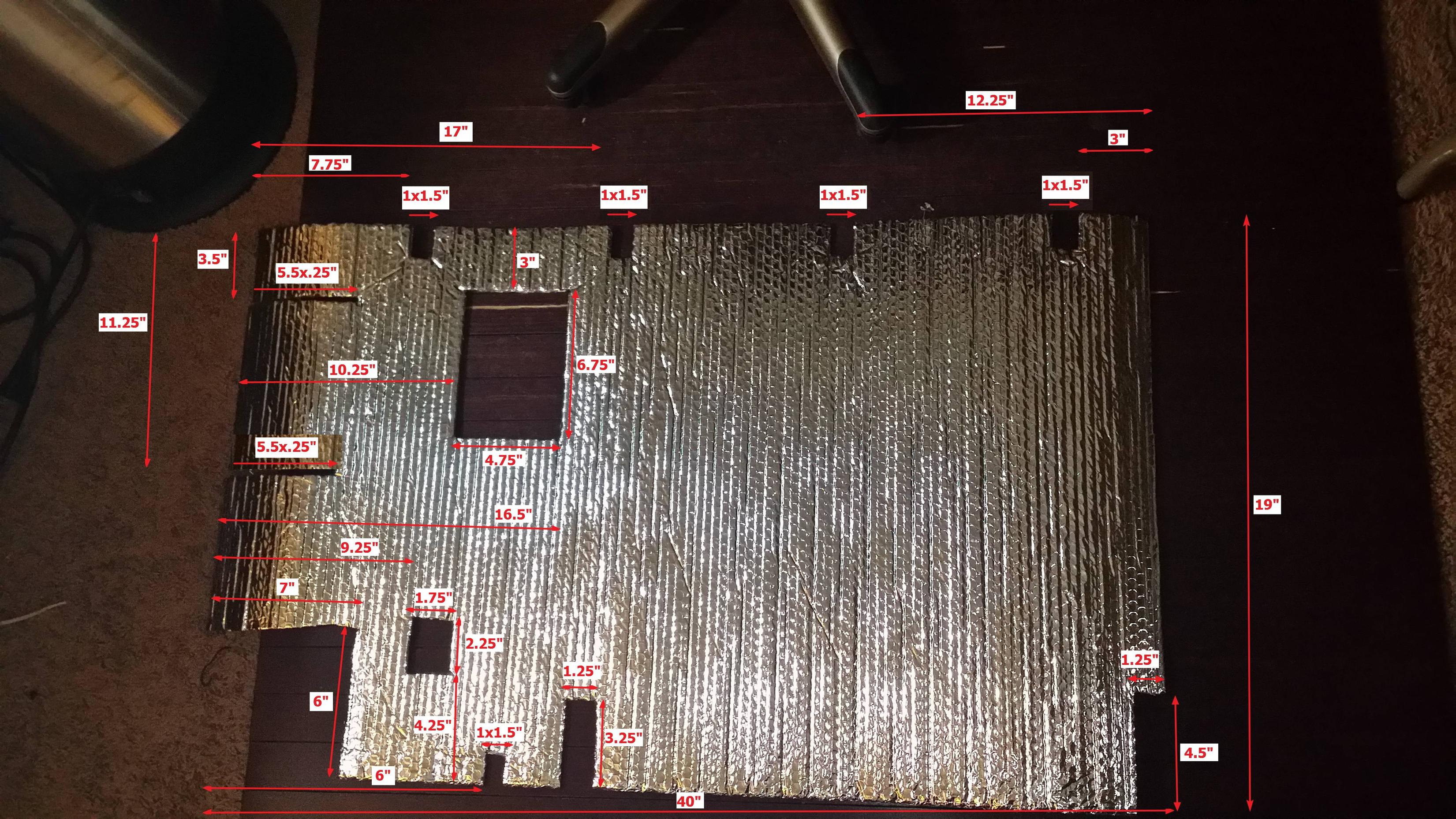Just to clarify, by "bag brewing" do you mean no sparge/full volume mashing? As far as mash chemistry goes, I am not an expert by any stretch. Matter of fact, I'm not an expert in any of this stuff as it is just a hobby that occupies a portion of my garage, and time. But I would wager that the chemistry is exactly the same, thick or thin, but it's the rate at which it happens that is different.
And I do agree that mash thickness changes things. That's exactly the conclusion the Braukaiser article I linked is supporting.
I agree the brewing industry isn't stupid, but the reason they don't use the no sparge method is something we'll just end up disagreeing on. The reason the commercial brewing industry doesn't use no sparge brewing is a matter economics, not quality of wort. They need to make money, we don't, so things like efficiency, space and speed to market are a big deal to these folks.
On a commercial scale a few percentage points of efficiency can mean big bucks. High efficiency brew houses can achieve 95+% mash efficiency. This will not happen with no sparge. Have you measured your mash efficiency with your 3 vessel system? If you have I would guess that even on a really good day it never goes above 90%.
No sparge brewing also requires larger vessels. Larger vessels are more expensive. Larger vessels also need more space. More space is more money. On a homebrew scale, going from a 10 gallon to a 15 gallon kettle is inconsequential in most scenarios.
I don't think eBIAB, brewing with electricity and a bag, is really you're hang up. It's the no sparge mash you think is inferior. I will by no means get into a tinkle contest with much more acclaimed brewers than myself, I will say that with no sparge I have garnered some hardware along the way, including a Best of Show in a Pro-Am and enough medals to finish in a very respectable position in the Lone Star Circuit. I've never entered NHC, but maybe this will be motivation to do so

Agreed, to each their own. I don't squeeze and the bag isn't heavy, hot, or wet when I handle it. I pull the bag out with a ratcheting pulley, let it drain for 20 minutes or so, then move it to the garbage bag where I dump the grains. Easy peasy, and for me much simpler than trying to sparge.





